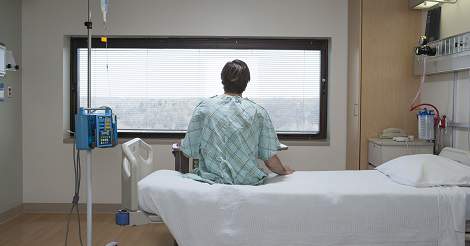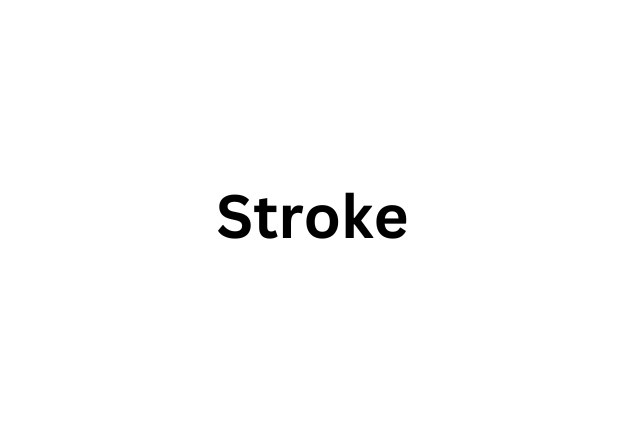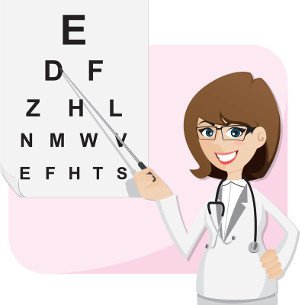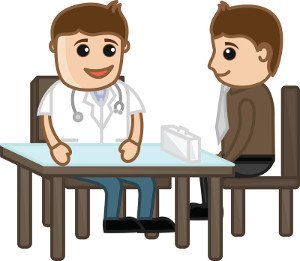What is a Stroke?
Strokes are one of the most common causes of death, with a stroke occurring every 40 seconds and a stroke-related death every 4 minutes.
An individual undergoes a stroke when blood flow to the brain is cut off, leading to hypoxia (oxygen deprivation) and cell death.
Depending on the area where cell death occurs, critical processes can be damaged leading to significant symptoms like paralysis or speech impediment.
Types of Strokes
There are two types of strokes, hemorrhagic and ischemic. Ischemic strokes are the more common of the two, but hemorrhagic are more deadly, resulting in only 15% of strokes but 40% of stroke-related deaths.
Hemorrhagic strokes occur when a blood vessel leak or an aneurysm burst occurs in the brain. The excess fluid in the brain leads to swelling and an increase in cranial pressure. Ischemic strokes are the result of a blood clot impairing blood flow to the brain.
The clot can occur in a major artery supplying blood to the brain or can be in the brain itself. A third type, transient ischemic attacks (TIA), are minor temporary drops in blood supply to the brain, which occur over a short period of time and does not lead to permanent side effects.
The concern is that a significant percentage of those who undergo a TIA suffer full-blown strokes in the following months.

Symptoms
There are clear, easily identifiable symptoms of a stroke, upon which treatment should be immediately sought. Someone undergoing a stroke may have difficulty speaking and understanding speech, have numbness or paralysis on one side of their body, have issues with their vision, and/or have a sudden severe headache.
The residual damage and ability to recover from a stroke are highly dependent on the time that elapses before treatment and blood supply restoration, so immediately seeking medical attention is paramount.
The acronym FAST is commonly used to diagnose strokes.
F – face – ask someone who may be suffering from a stroke to smile. If they have difficulty or there is drooping on one side of their face, it is likely a stroke.
A – arms – ask someone who may be suffering from a stroke to lift both arms. If they have trouble raising either arm, it is likely a stroke.
S – speech – if you notice strange or slurred speech, there should be concern about a stroke.
T – time – if any of these symptoms are seen, get medical help immediately
Risk factors
Your risk of experiencing a stroke increases with age. Additionally, men are more likely to experience strokes than women, and Africans have a higher risk of stroke than other races.
Strokes have some genetic origin, meaning a family history of strokes could increase the likelihood of suffering one.
Other risk factors for strokes include obesity, being sedentary, excessive alcohol consumption, smoking, high blood pressure, high cholesterol, diabetes, and cardiovascular disease.
Many of the risk factors for strokes overlap with those for cardiovascular disease.
Complications
The residual effects of suffering a stroke are highly dependent on the time it takes to receive treatment.
If an excessive amount of time is taken, permanent issues and even death can occur. These issues include paralysis, loss of muscle control, difficulty swallowing, memory loss, emotional difficulties, temperature sensitivity, and social issues.
Since these problems are caused by cell death in the brain, there is little that can be done in terms of treatment or recovery.
Diagnosis and Treatment
Upon seeking medical help, the medical team needs to determine the type of stroke and the areas the stroke is affecting in the brain to best treat the patient.
With an ischemic stroke, blood flow must quickly be restored to minimize permanent damage, Doctors can use anti-clotting medications, and catheters to remove clots or conduct an angioplasty, a procedure to expand an artery, among other treatments to restore blood flow.
In a hemorrhagic stroke, doctors focus on reducing intracranial pressure.
Medications can be injected to decrease blood pressure and pressure in one’s brain, and surgery can be conducted to repair damage to blood vessels.
After the immediate danger of a stroke is relieved, the focus turns to determine residual side effects and how they can be managed.
The permanent damage caused by strokes depends on the area of effect in the brain and how much cell death occurred.
The impact on one’s quality of life can widely vary, and in some cases requires a large rehabilitation team to help manage and cope with residual effects.
Written By: Wesley Tin, BMSc
http://www.stroke.org/understand-stroke/what-stroke
http://www.mayoclinic.org/diseases-conditions/stroke/home/ovc-20117264
http://www.phac-aspc.gc.ca/cd-mc/cvd-mcv/stroke-accident_vasculaire_cerebral/what-questce-eng.php



